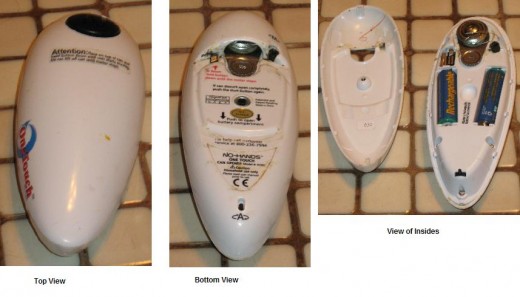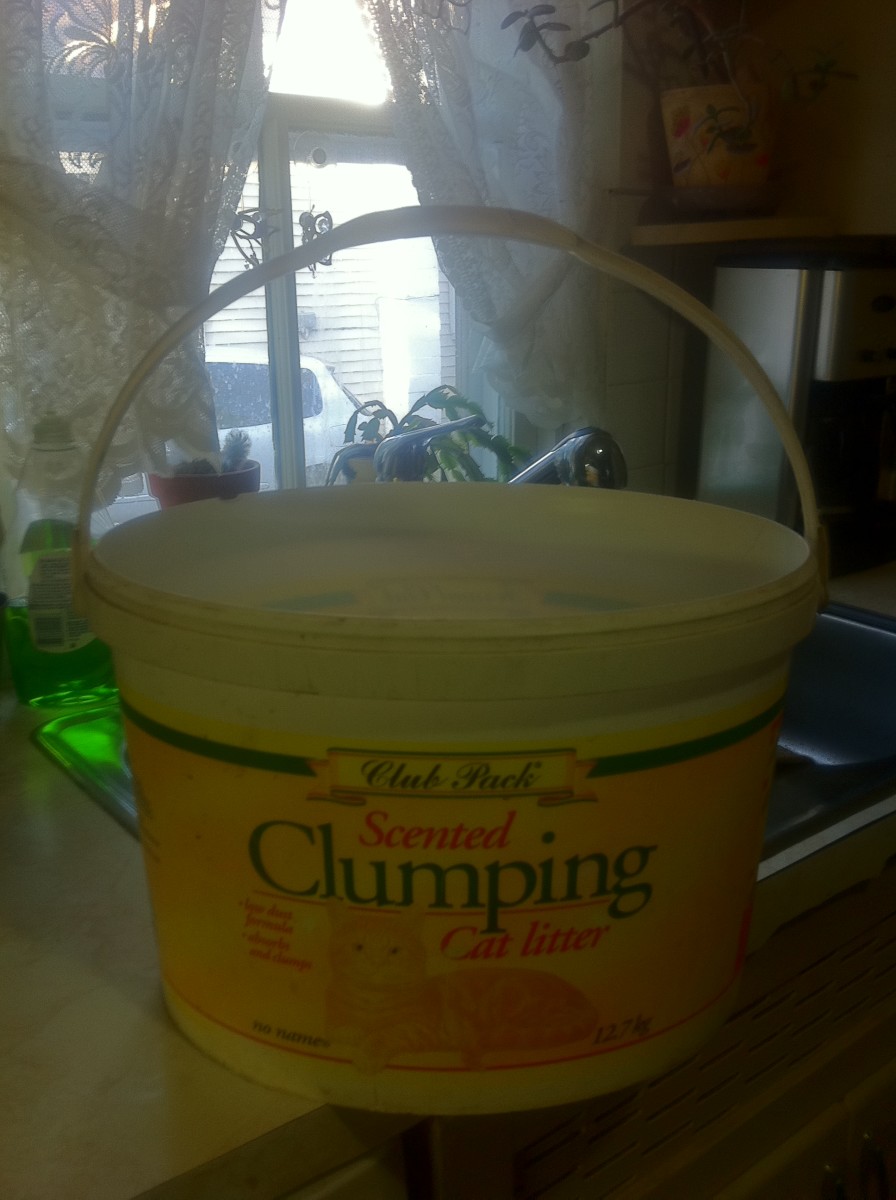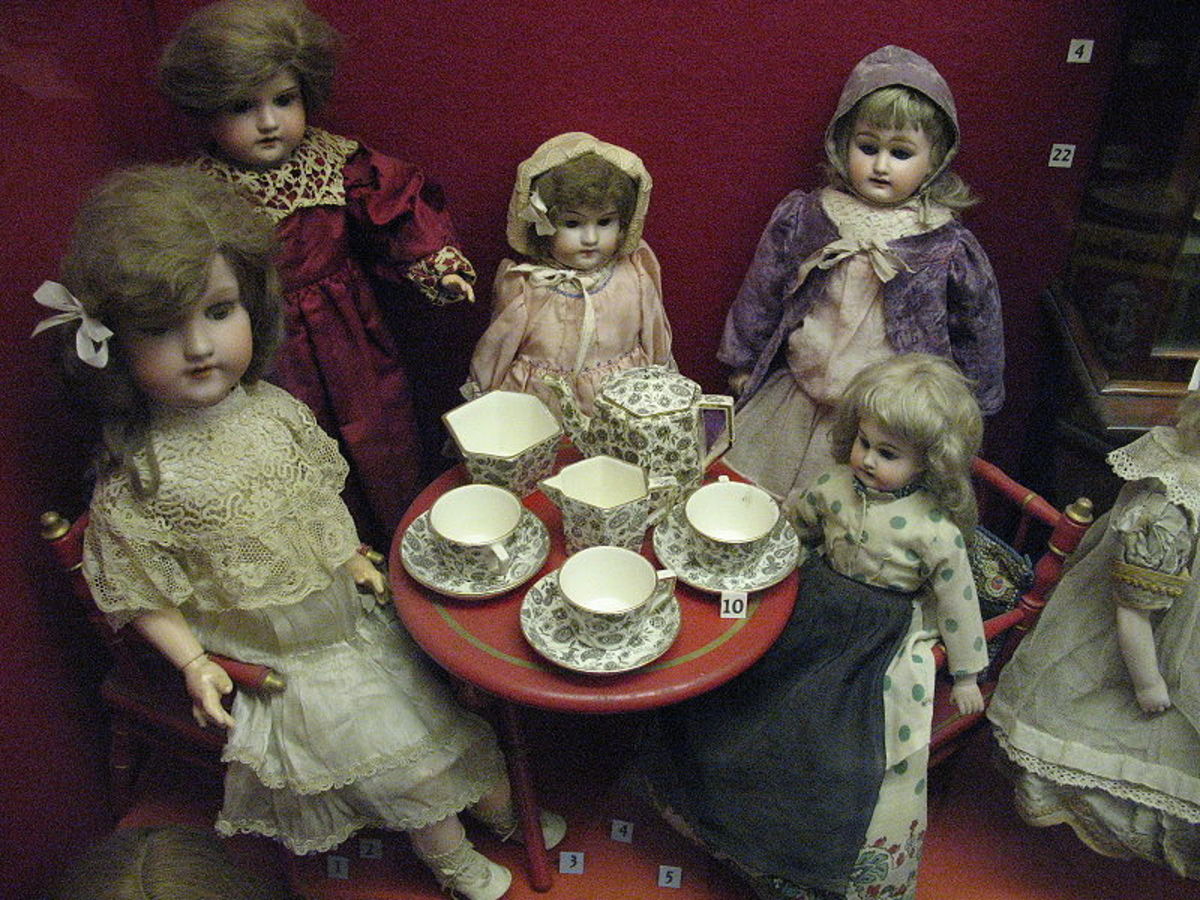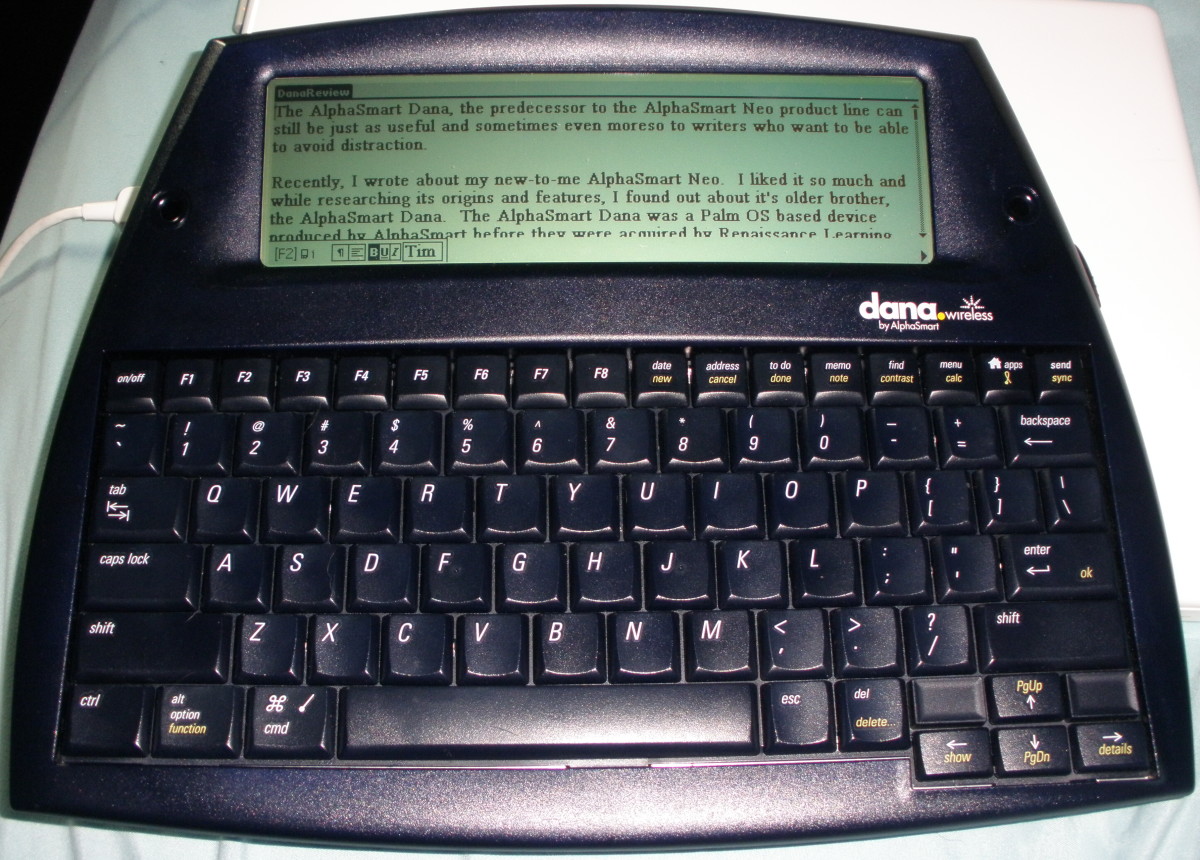A Short History of the Can Opener
For almost a century and a half the can opener has been a staple gadget in kitchens throughout the world. The reason, of course, for possessing a can opener is the need to open cans containing food.
The story of canned food and can openers begins in the early years of the nineteenth century during the Napoleonic Wars when the French Revolutionary army under the leadership of Napoleon Bonaparte was engaged in fighting and conquering France's neighbors in Europe. Feeding an army has always been a problem and Napoleon, with his large army, was looking for an easier and more economical way to do this.
With the encouragement of the French government, the French newspaper Le Monde offered an award of 12,000 Francs to the first person who could come up with an inexpensive and effective way to preserve large amounts of food.
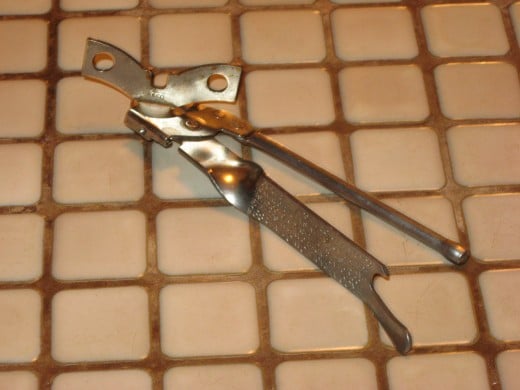
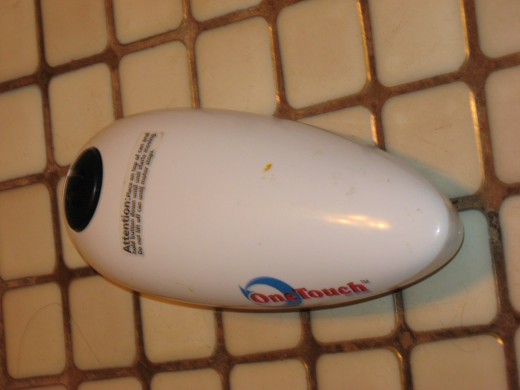
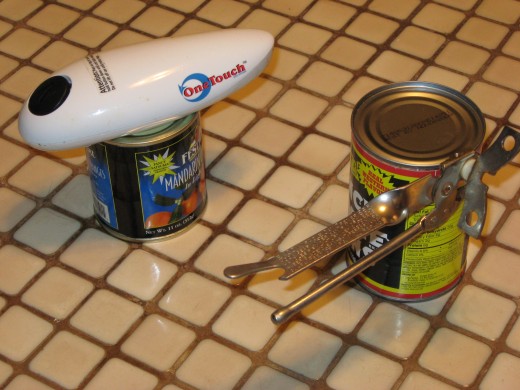
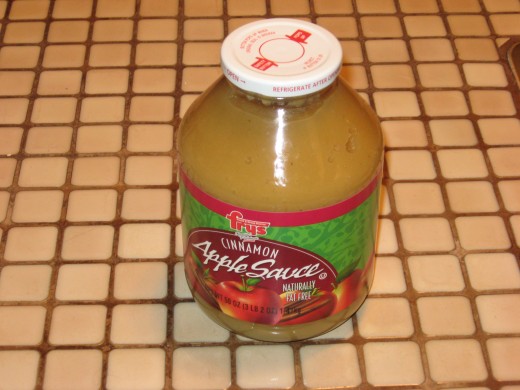
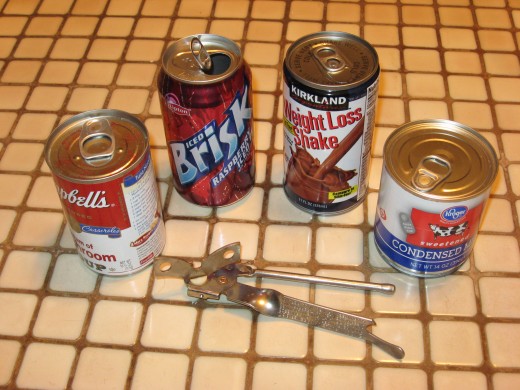
The award was won in 1809 by a confectioner named Nicolas François Appert who developed a method of cooking food in glass jars and then closing the jar with an airtight seal. Appert's method worked and he won the prize even though he could not explain why the process worked - it wasn't until a half a century later that the famous French scientist, Louis Pasteur, made the discovery that microbes were responsible for food spoiling. The heat from cooking destroyed the microbes in the food and the sealing of the cooked food in an airtight container immediately after cooking prevented infestation by new microbes from the outside.
One drawback of Appert's invention was the use of glass containers as these did not travel well, especially in battle zones, and breakage was a problem. However, this was problem was solved a year later in 1810 when an Englishman named Peter Durand developed a method of replacing glass jars with cylindrical canisters made of tin or wrought-iron. As often happens, people began shortening the word canister to can when speaking and often preceded can with the modifier tin which described the metal used in many early cans. Today in the U.S. we refer to these containers as cans or tin cans while in Britain they are often referred to simply as tins. This despite the fact that for decades the cans used for storing food have been made from thin sheets of steel whose surface has been plated with a thin layer of tin to prevent rusting.
Initially, canned food was consumed mostly by soldiers who had to resort to using their bayonets or even rocks to break the cans open in order to get at the food. However, growth of urbanization in the mid nineteenth century gave rise to an increasing need for food that could be easily shipped and stored. Lacking bayonets, most early household users of canned food, opened the cans with hammers. However, advances in can technology resulted the use of thinner steel for making the cans (this not only reduced materials cost but also made it easier to mold the metal) which made it possible the development of hand operated gadgets that could cut through the thin metal. The first practical can opener was patented by Ezra Warner of Waterbury, Connecticut in 1858. Twelve years later, in 1870, William Lyman developed and obtained a patent for the basic, easy to use, hand-operated can opener, the principle and design of which is still in common use today.
Just as the easy availability today of the microchip has resulted in microchips being used to improve the functionality of most gadgets already in use as well as leading to the invention of a slew of new gadgets, so too, did the mass production of the electric motor in the first half of the twentieth century. It didn't take long for manufacturers to begin developing and selling electric powered versions of practically every gadget that contained moving parts. This included the lowly can opener, an electric version of which first appeared on store shelves in December of 1931 - just in time for Christmas.
In recent decades the tin can has been losing market share to newer and better technologies such as fresh frozen foods and foods packaged in microwavable plastic containers. Aluminum and specially treated cardboard, both of which are easier to work with and lighter (thereby reducing labor, material and shipping costs). However, the shrinking can market has not deterred inventors in their eternal quest to build a better mousetrap, err can opener, as evidenced by the battery powered OneTouch® which, instead of cutting around the metal inside the top rim, slices off the entire top portion of the can, rim and top together. Thus, as long as tin cans continue to exist we can continue to expect inventors to come up with new and improved gadgets to open them.
Battery Powered Can Opener - Inside and Out
